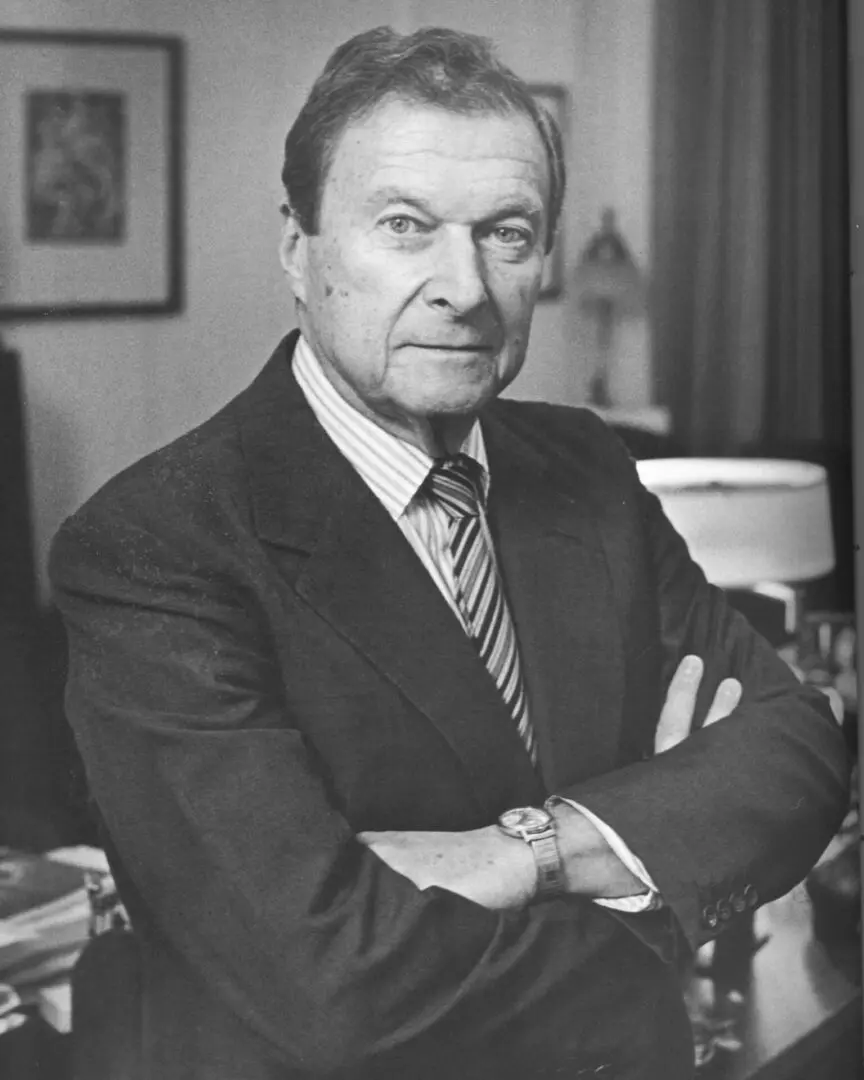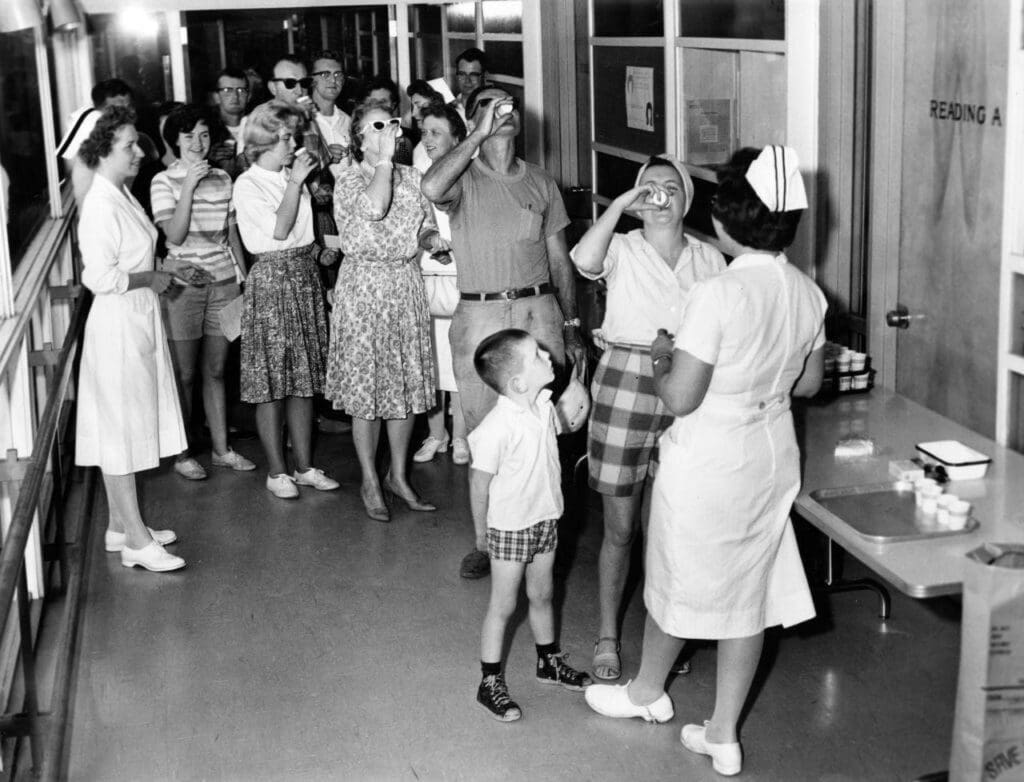
Hilary Koprowski: The Man who overcame polio and saved millions of lives
Hilary Koprowski (1916 – 2013) was a Polish virologist and immunologist active in the United States who demonstrated the world’s first orally administered, effective live polio vaccine.

Hilary Koprowski was born in Warsaw to an assimilated Jewish family and, from age twelve, took piano lessons at the Warsaw Conservatory. He received a medical degree from Warsaw University in 1939 and also received music degrees from the Warsaw Conservatory and the Santa Cecilia Conservatory in Rome. Koprowski adopted scientific research as his life’s work but never gave up music and composed several musical works. It was said that he studied for his exams while playing Frederic Chopin’s pieces with a textbook on his music rack instead of sheet music.
After the outbreak of World War II in 1939, Hilary went to Rome, where he spent a year studying piano at the Santa Cecilia Conservatory, while his wife Irena went to France, where she gave birth to their first child, Claude. The family then moved to Brazil and Hilary earned a living performing and teaching music. However, claiming that “he didn’t have enough artistry yet”, he soon decided to return to medicine and began working at the Rockefeller Foundation Laboratory in Rio de Janeiro where he was involved in research on the yellow fever vaccine. At first, he didn’t treat viruses as particularly serious and stated: “I did not fully believe in the existence of viruses; I suspected that it was just a game”. That changed quickly when he contracted Venezuelan encephalitis; luckily he was only mildly ill.
After the war, the Koprowskis settled in Pearl River, New York, where Hilary was hired as a researcher for Lederle Laboratories, the pharmaceutical division of American Cyanamid. Here he began his polio experiments, which ultimately led to the creation of the first oral polio vaccine. He also served as director of the Wistar Institute, 1957–91, during which time it achieved international recognition for its vaccine research and became a National Cancer Institute Center. Hilary and Irena welcomed their second son Christopher in 1950, who later became the chair of the department of radiation oncology at Christiana Hospital in Delaware.
While at Lederle Laboratories, Koprowski created an early polio vaccine, based on an orally administered, attenuated polio virus. In researching a potential polio vaccine, he focused on live viruses that were attenuated, i.e., rendered non-virulent, rather than on killed viruses, which became the basis for the injected vaccine subsequently developed by Jonas Salk. Koprowski viewed the live vaccine as more powerful, since it entered the intestinal tract directly and could provide lifelong immunity, whereas the Salk vaccine required booster shots. Also, administering a vaccine by mouth was easy, whereas an injection required medical facilities and was more expensive.
He developed his polio vaccine by attenuating the virus in brain cells of a cotton rat that is susceptible to polio. He administered the vaccine to himself in January 1948 and, on 27 February 1950, to 20 children at Letchworth Village, a home for disabled persons in Rockland County, New York. Seventeen of the 20 children developed antibodies to the polio virus; the other three apparently already had antibodies, and none of the children developed complications. Within 10 years, the vaccine was being used on four continents. Albert Sabin’s early work with attenuated-live-virus polio vaccine was developed from attenuated polio virus that Sabin had received from Koprowski. In addition to his work on the polio vaccine, Koprowski, along with two colleagues, did significant work on an improved vaccine against rabies. His team developed the HDCV rabies vaccine in the 1960s at the Wistar Institute, which was then licensed for use in the United States in 1980. By breeding the virus in chicken embryos, Koprowski and his colleagues developed an improved vaccine against rabies that replaced the painful injections developed in the 19th century by Louis Pasteur.
Koprowski maintained continuous contact with Poland and spoke fluent Polish until the end of his life. During one of his visits to Warsaw, he recalled his special attachment to the city and was able to contribute significantly to the elimination of polio among children in Poland. After a mass vaccination program began, the number of infections dropped from 6,000 in 1959 to just 30 cases in 1963. Koprowski persuaded the vaccine manufacturer to deliver nine million doses to Poland free of charge, which was why the infections dropped so sharply and the epidemic ended quickly.
For almost four decades, Koprowski headed the Institute of Biotechnology and Advanced Nuclear Medicine and the Neurovirology Center at Thomas Jefferson University in Philadelphia. He authored or co-authored over 875 scientific papers, edited or co-edited several scientific journals, and was a member of many prestigious scientific organizations. Hilary worked with eminent biologists, doctors, and virologists while also supporting Polish scientists. He also established the Koprowski Foundation in order to promote Polish-American cooperation and provide young scientists with scholarships.
Sources: https://polishhistory.pl; Wikipedia.
Gene Sokolowski, September 2023
